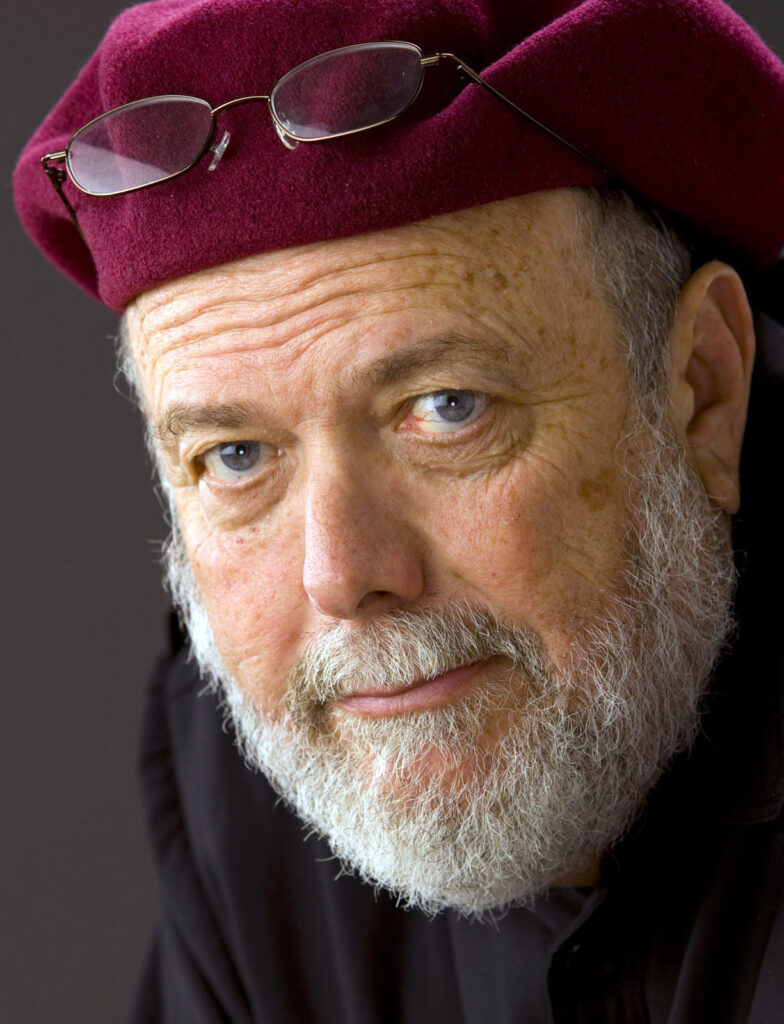Acclaimed photojournalist dies at 63
A handful of former Register-Guard reporters and editors have gone on to win a Pulitzer Prize after leaving the newspaper. But only one former staff member in the paper’s 144-year history made The R-G his next stop after winning journalism’s most prestigious honor: Brian Lanker.

Lanker, the newspaper’s director of graphics from 1974 to 1982, died Sunday at his home in Eugene after a brief bout with pancreatic cancer. He was 63.
After leaving the newspaper, he became a nationally renowned photojournalist whose portraits graced the likes of Life and Sports Illustrated magazines, and book projects such as “I Dream a World: Portraits of Black Women Who Changed America,” and the more recent “Track Town, USA.”
“Brian was a master craftsman who didn’t need words to communicate,” Register-Guard Editor and Publisher Tony Baker said. “His camera work alone made for extraordinary storytelling. He was a consummate professional, always prepared when on assignment for the paper. He was a big personality with a big-picture view of life and of his craft. Brian made everyone around him better at what they did.”
Before he died Sunday, Lanker got to see not just one but two of his children get married. Daughter Julie married David Nagle on Friday at the family’s south Eugene home; and son Dustin married Jennifer Darby at the house on Saturday. Julie’s wedding had been planned for September, and Dustin’s for later this year or next, Dustin Lanker said Monday. But both he and his sister decided to get married now before their father succumbed to the cancer that was diagnosed just 10 days before his death.
Lanker was just 27 when he started at The Register-Guard in December 1974. But he had already compiled a résumé that any journalist would be proud to retire with: six-time National Press Photographers Association’s regional photographer of the year; 1971 NPPA national photographer of the year; 1973 Pulitzer Prize winner for feature photography.
All of those honors came during Lanker’s five-year stint at the Topeka (Kan.) Capital-Journal.
Lanker won his Pulitzer for a piece called “Moment in Life,” a black-and-white photo essay that captured his future wife, Lynda, giving birth using the Lamaze method, something still uncommon in the early 1970s.
It was Lanker’s storytelling ability, not just his compelling talent as a photographer, that captured the attention of former Register-Guard photo editor Dave Emery. Lanker did not submit a regular photo portfolio when he applied for the job, but rather a photo carousel, complete with voice-overs.
“You put (the images) on the screen, and it just brought tears to your eyes,” said Emery, still a Eugene resident.
Former Register-Guard sports columnist and editor Blaine Newnham agreed. “We were just absolutely blown away,” Newnham said. “He just had a sensitivity that was unmatched.”
At The Register-Guard, Lanker would go on to win the national photographer award again in 1976 — for images such as the iconic prerace close-up of the late track legend Steve Prefontaine just hours before he died.
Lanker is also credited with playing the key role that moved The R-G to the forefront nationally of newspaper design using large, multi-column photos as the dominant element of the page.
“Brian Lanker was a visionary photojournalist, editor and mentor,” said Register-Guard deputy managing editor Carl Davaz who, like Lanker, worked at the Capital-Journal and was highly influenced by him. “In a word, he was a genius. He thought first about the reader, and his magical skills of bringing words-and-pictures journalism together is very much at the heart of the legacy of visual journalism we aspire to practice at The Register-Guard to this day.
“Many people — far and wide — know about this newspaper because of the heart Brian Lanker brought to it,” Davaz said. “He was a giant of American photojournalism and his work will stand forever.”
Lanker left the paper in 1982 to pursue freelance work, having already been placed on retainer as a contributing photographer at Sports Illustrated. Over the years, he shot multiple cover photos for the magazine, including for the magazine’s swimsuit issues, and portraits of such legendary athletes and coaches as Bill Russell, John Wooden, Michael Jordan, Magic Johnson and Arnold Palmer.
Some of the work Lanker was most proud of he did with Maya Angelou, the noted author and poet. The two collaborated on two successful photo book projects, 1989’s “I Dream a World” and 2008’s “Shall We Dance,” a story about dance in America.
“I Dream a World,” which has undergone several reprints since its original publication and sold more than half a million copies, debuted at Washington, D.C.’s Corcoran Gallery of Art, helping set attendance records at the 111-year-old museum, according to Lanker’s website, www.brianlanker.com.
Lanker also worked with film, directing such documentaries as “They Drew Fire: Combat Artists of WWII,” a highly acclaimed PBS program that debuted in 2000.
He is survived by his wife, Lynda, of Eugene; two daughters, Julie Coburn and Jacki Coburn; and a son, Dustin. Services are pending.
— Register-Guard reporter Bob Keefer contributed to this story.

Mark Baker has been a journalist for the past 25 years. He’s currently the sports editor at The Jackson Hole News & Guide in Jackson, Wyo.
